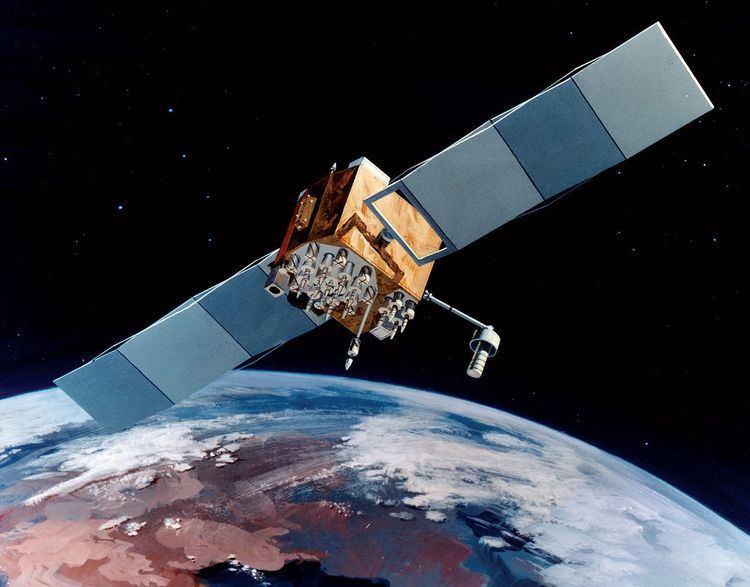Design life 12 years | Bus AS-4000 | |
 | ||
Operator United States Air Force | ||
GPS Block IIF, or GPS IIF is an interim class of GPS (satellite), which will be used to keep the Navstar Global Positioning System operational until the GPS Block IIIA satellites become operational. They are being built by Boeing, and will be operated by the United States Air Force following their launch by United Launch Alliance, using Evolved Expendable Launch Vehicles. They will be the final component of the Block II GPS constellation to be launched. On February 5, 2016, the final satellite in the IIF-block was successfully launched, completing the block.
Contents
The spacecraft have a mass of 1,630 kilograms (3,590 lb) and a design life of 12 years. Like earlier GPS satellites, Block IIF spacecraft operate in semi-synchronous medium Earth orbits, with an altitude of approximately 20,460 kilometers (12,710 mi), and an orbital period of twelve hours.
The satellites replace the GPS Block IIA satellites that were launched between 1990 and 1997 and were designed to last 7.5 years. The final satellite of the Block IIA series was decommissioned on January 25, 2016. The operational constellation now includes Block IIR, IIRM and IIF variants.
Because the Evolved Expendable Launch Vehicles are more powerful than the Delta II, which was used to orbit earlier Block II GPS satellites, they can place the satellites directly into their operational orbits. As a result, Block IIF satellites do not carry apogee kick motors. The original contract for Block IIF, signed in 1996, called for 33 spacecraft. This was later reduced to 12, and program delays and technical problems pushed the first launch from 2006 to 2010.
New characteristics
Launch history
This is a list of GPS Block IIF (Both launched & planned).
